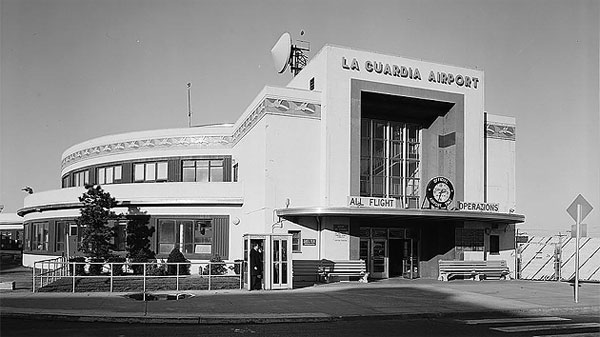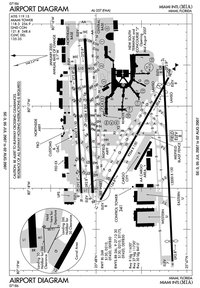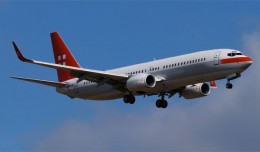- On April 25, 1951 Cubana de Aviación Flight 493, a Douglas DC-4 en route from Miami, Florida to Havana, Cuba, collides in mid-air with a United States Navy Beech SNB-1 Kansan off Key West. All 43 aboard both aircraft are killed.
- On February 1, 1957, Miami-bound Northeast Airlines Flight 823 crashed on take-off from New York’s LaGuardia Airport.
- On 2 October 1959, a Vickers Viscount of Cubana de Aviación was hijacked on a flight from José Martí International Airport, Havana to Antonio Maceo Airport, Santiago. The aircraft landed at Miami International Airport.
- On January 6, 1960, National Airlines Flight 2511, a Douglas DC-6B bound from New York to Miami, crashes near Bolivia, North Carolina, when a bomb planted on board explodes in mid-air. All 34 people on board are killed.
- On 12 April 1960, All three crew and a passenger of a Vickers Viscount of Cubana de Aviación claimed political asylum after the aircraft landed at Miami International Airport.
- On February 12, 1963, Northwest Orient Airlines Flight 705 crashed into the Everglades while en route from Miami to Portland, Oregon via Chicago O’Hare, Spokane, and Seattle.
- On December 29, 1972, Eastern Air Lines Flight 401, a Lockheed L-1011, crashed into the Everglades (the subject of Hollywood movie, The Ghost Of Flight 401).
- On January 13, 1982, Air Florida Flight 90, a Boeing 737, crashed in Washington, D.C.. The aircraft had flown up from Miami on a flight earlier that day.
- On January 1, 1985 Eastern Air Lines Flight 980, a Boeing 727, crashed into the mountains in Bolivia. The plane originated in Asunción and was bound to Miami via La Paz, Bolivia and Guayaquil.
- On December 20, 1995, American Airlines Flight 965 crashed into a mountain while en route from Miami to Cali.
- On May 11, 1996, ValuJet Flight 592 crashed into the Everglades after take-off from Miami en route to Atlanta.
- On October 2, 1996, Aeroperú Flight 603 crashed after takeoff from Lima, Peru. The flight, which originated in Miami, was continuing to Santiago, Chile.
- On August 7, 1997, Fine Air 101, a Douglas DC-8 cargo plane, crashed onto NW 72nd Avenue less than a mile (1.6 km) from the airport.
- On February 2, 1998, two Skyway Enterprises Shorts 330-200 aircraft (N2630A and N2629Y) were damaged beyond repair by a tornado at Miami International Airport. Both aircraft had to be written off. No one was injured.
- On December 22, 2001, American Airlines Flight 63, en route from Paris to Miami, was the target of “shoe bomber” Richard Reid.
- On December 7, 2005, forty-four year old Rigoberto Alpizar, a passenger aboard American Airlines Flight 924, claimed to have a bomb in his carry-on luggage while boarding the flight’s second leg to Orlando, Florida after arriving on a flight from Quito, Ecuador; the flight had just arrived from Medellín, Colombia. Federal air marshals reportedly shot and killed the man as he attempted to escape the plane after being confronted onboard, marking the first time an air marshal has fired a weapon on or near an airplane.
- On August 31, 2006, US Airways Flight 431 from Charlotte caught fire on the runway. All 118 passengers and crew on board were evacuated safely and there were no injuries. The fire occurred in the left wheel well of the 737 after the tires blew upon landing, and was extinguished with foam by firefighters. Passengers have stated that the plane was shaking violently as it landed.
This page contains excerpts of Wikipedia entry Miami International Airport, shared under the GNU Free Documentation License.
|











